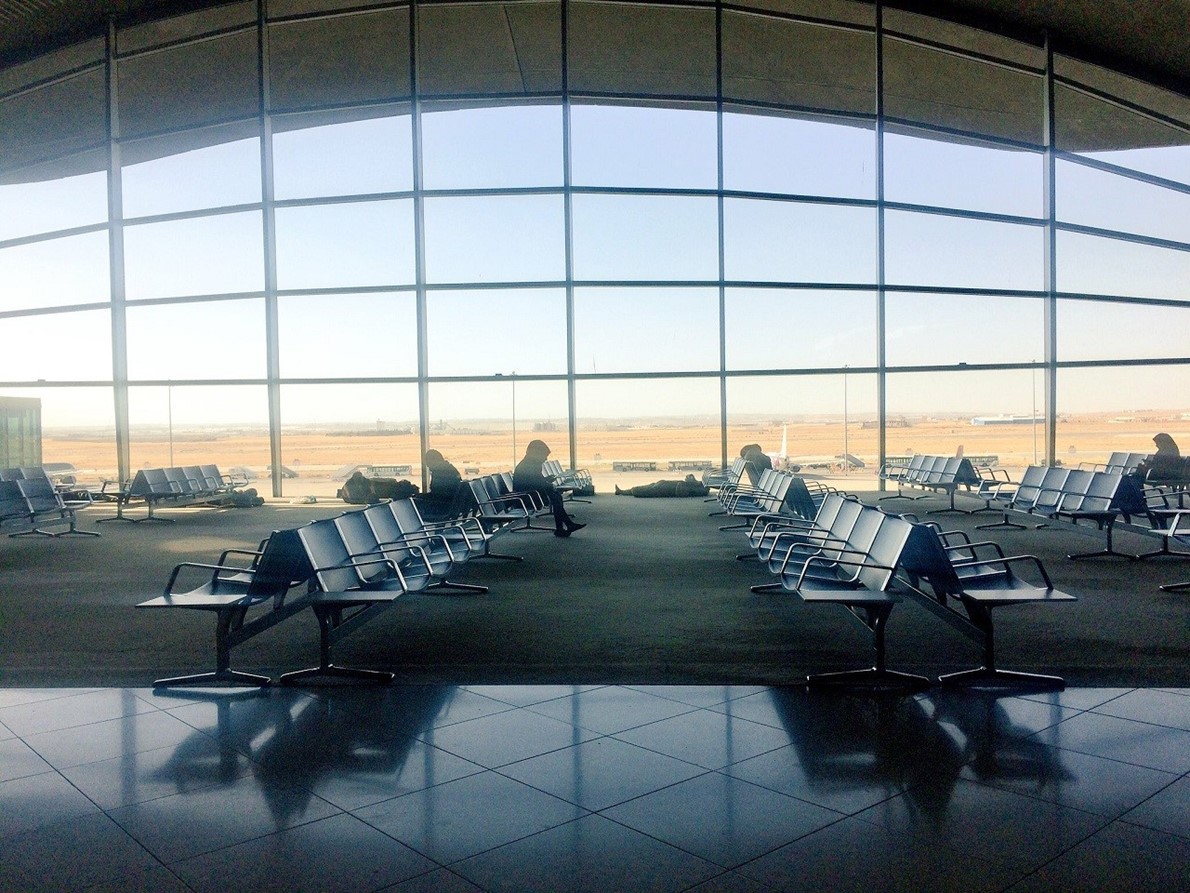The Ministry of Tourism and Antiquities fixed a target of
5.5 million tourists by 2025 in the Tourism Strategy 2021–2025 launched last
week. The target is half the visitors of 2010. The strategy is yet to be
followed by action plans with detailed key performance indicators and timelines
for each action item.
اضافة اعلان
 To attract more tourists, “is it more economically feasible to focus on the European or regional feeder markets?” asks Jordan News columnist Fares Braizat. (Photo: Allison Meier/Flickr)
To attract more tourists, “is it more economically feasible to focus on the European or regional feeder markets?” asks Jordan News columnist Fares Braizat. (Photo: Allison Meier/Flickr)
To achieve this target, the government allocated the
unprecedented amount of JD84,121,000 in the 2022 budget for the Tourism
Ministry, nearly seven fold the usual annual budget, which was JD11,515,000 in 2019
and JD12,693,000 in 2010. An estimated amount of JD40 million will be assigned
to support incoming low-cost carriers (LCCs) mainly from Europe.
In 2019, visitors from Europe contributed 12 percent of the
tourism receipts, while regional tourists (Jordanians and Arabs) contributed 73
percent, according to official data. Is it more economically feasible to focus
on the European or regional feeder markets? There is a good catch either way,
but if we go regional, we are tapping into a bigger, accessible, proximate, and
wealthy market with some cultural similarities. This can go alongside expanding European feeder markets.
Nonetheless, to understand the drivers of tourism growth we
should compare the number of tourists in 2010 to those in 2019. These two years
represent the two peaks in the past 10 years. The total number of visitors (not
necessarily tourists, as the number also includes Jordanians) in 2010 was
11,390,949, compared to 5,360,587 in 2019, when there was a significant drop.
What was the reason for this drop and can the new allocation be invested in to
achieve the set target?
Here are the facts based on official data that may help us
plan efficiently given our meager resources.
Jordanian visitors dropped by 2,079,028 between 2010 and
2019.
In 2009, their number stood at 2,618,249, of whom 1,788,374
arrived by land and 791,149 by air.
In 2010, their number stood at 3,584,224, of whom 2,662,953
arrived by land and 887,205 by air.
In 2019, their number stood at 1,505,196, of whom 570,709
arrived by land and 933,225 by air.
Arab visitors (excluding Jordanians) dropped by 3,596,889
million between 2010 and 2019.
In 2009, there were 5,385,610 Arab visitors, of whom
4,563,468 arrived by land and 533,630 by air.
In 2010, the figure was 5,955,546; of those 5,101,965
arrived by land and 578,354 by air.
In 2019, there were 2,358,657 Arab visitors, of whom
1,571,374 arrived by land and 696,397 by air.
European visitors dropped by 321,432 between 2010 and 2019.
In 2009, their number stood at 974,259, of whom 590,613
arrived by land and 281,849 by air.
In 2010, their number stood at 1,201,217, of whom 669,156
arrived by land and 379,721 by air.
In 2019 their number stood at 879,785, of whom 669,156
arrived by land and 503,555 by air.
This data suggests that there is a steady and significant
increase in air travelers among these three groups. However, while
LCC-earmarked support is focused thus far on European markets, data suggests
that we should invest more in the regional market because over 70 percent of
our tourists are from the region, especially those with land access. Therefore,
we should invest in land and air travel from regional feeder markets, including
in improving the infrastructure of the crossing points, and targeting low-cost
flights from the Gulf for getaways in Jordan.
The total number of overnight visitors decreased from
4,557,022 in 2010 to 4,488,407 in 2019 (-68,615). The total number of EU
overnight visitors decreased from 736,870 in 2010 to 677,983 in 2019. Although
there were not any LCCs from EU in 2010, the number of visitors was higher than
it was in 2019. Was it because of competition? Most likely yes. The number of
overnight visitors in 2019 decreased significantly, compared to 2010, from the
following traditional feeder markets: UK, France, Scandinavia, Spain, Belgium,
and Austria. Those markets were major feeders to Egypt. The number of overnight
visitors, however, increased from Italy, Poland, Romania, Germany, Greece,
Cyprus, Bulgaria, Hungary, and the Netherlands in the same period of time.
As the strategy indicates, it is not enough to bring in more
visitors. The sector needs local administrative actions to propel itself
upward; those include reducing the cost of energy, more efficient and less
bureaucratic obstacles for work permits, postponement of loan payments, support
for businesses that are on the verge of collapse or those that were forced to
close down, less regulation and arbitrary intervention by multiple agencies.
Also, it is essential to invest in developing Christian pilgrimage sites, and
building convention/exhibition centers in Petra and Amman to keep the sector
afloat during low seasons. Moreover, there must be reliable, frequent, safe,
and affordable transportation between sites across the country.
The sector is overregulated. Without major reform, shift in
mentality, and recognition that tourism is the backbone of the economy we will
not be able to match emerging competition from Saudi Arabia and other
neighboring countries that offer very similar products to ours with massive
infrastructure investments and shrewd marketing. Our strength versus this
competition depends on developing two major pillars: the Dead Sea and Christian
pilgrimage sites. All else can float as is or be realigned.
Dr. Fares Braizat, a former minister of youth, is currently
the chairman of the Amman-based NAMA Strategic Intelligence Solutions and
Cluster, where he directs public policy-related projects. He was appointed by
His Majesty as a member of the Royal Committee to Modernize the Political
System where he served on the Election Law subcommittee.
Read more Opinion and Analysis







